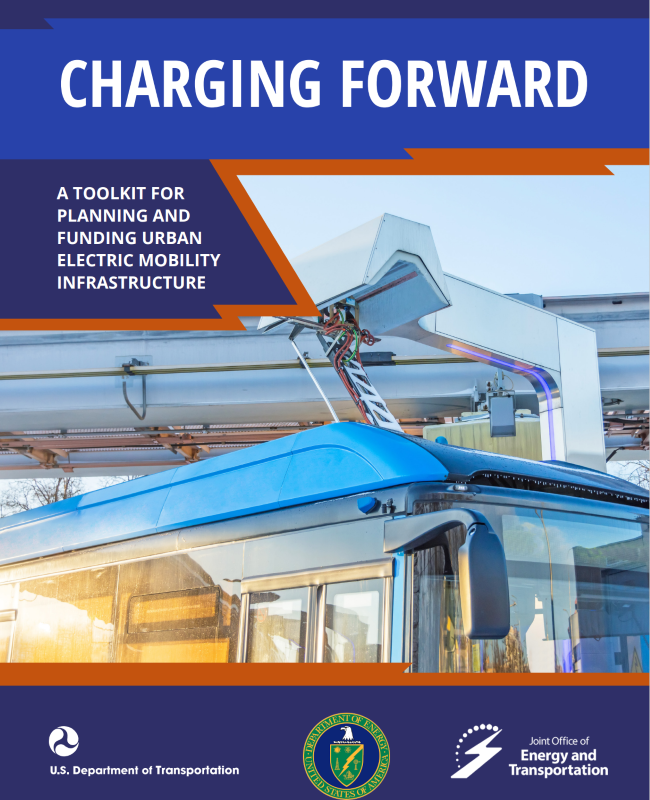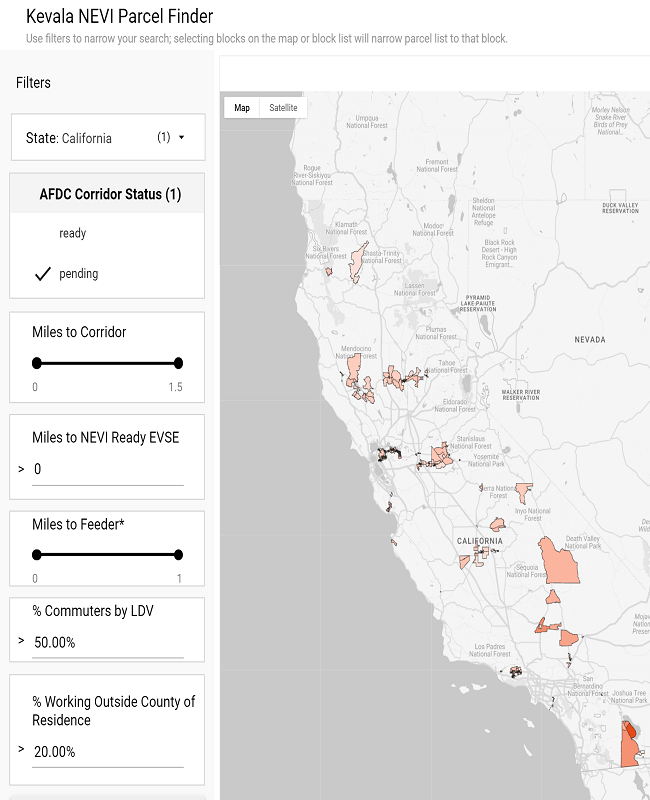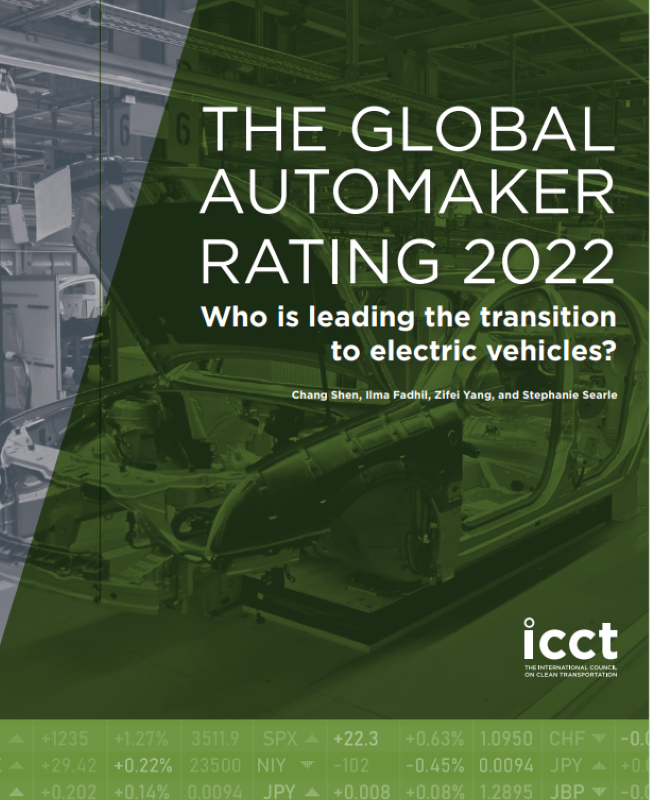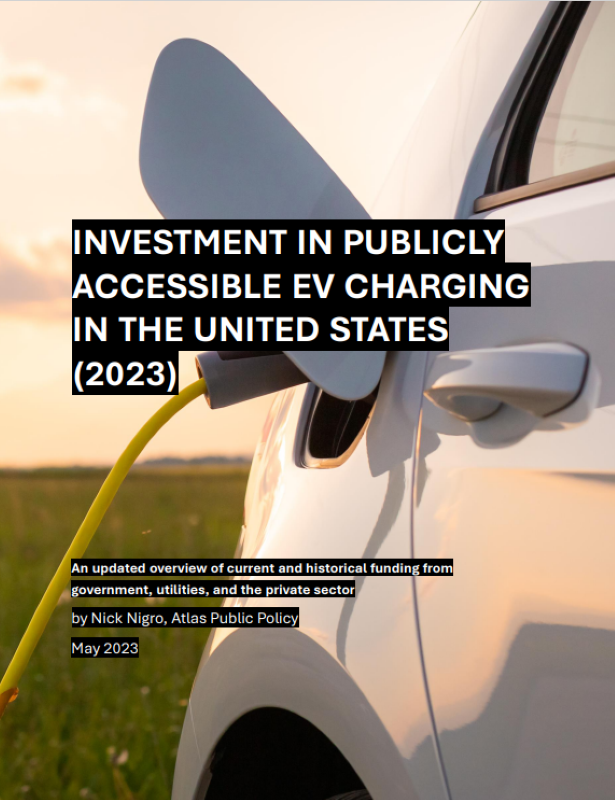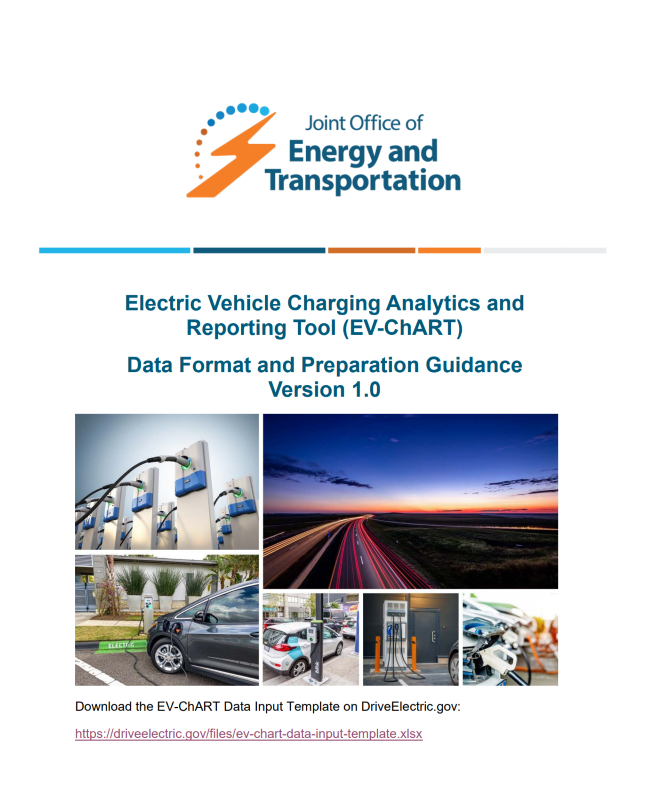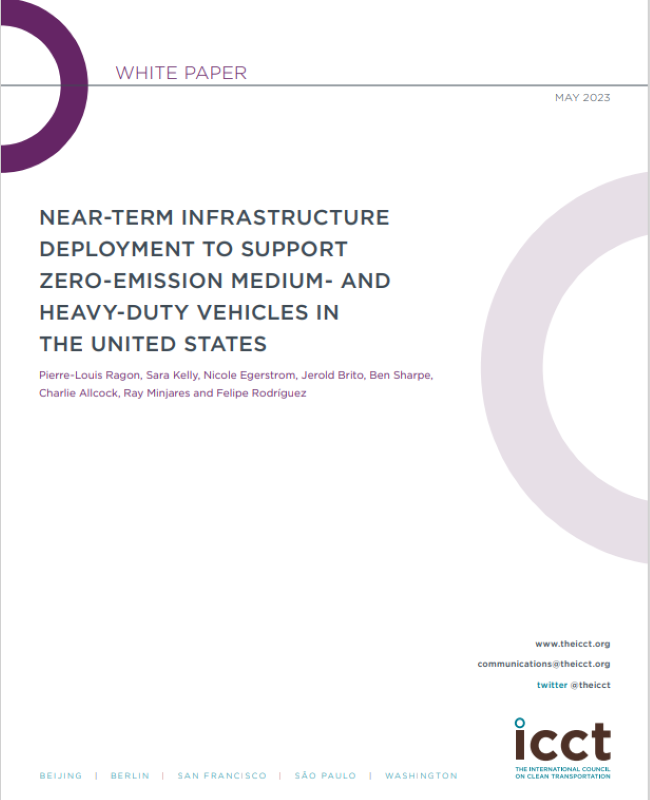How Policy Actions Can Spur EV Adoption in the United States
Dipo Fadeyi2023-12-07T12:40:25-05:00Governments, policymakers, businesses, and utilities will need to work together closely to realize the full potential of the IRA. RMI’s report How Policy Actions Can Spur EV Adoption in the United States, provides stakeholders with the analysis they need to make data-informed decisions, detailing the challenges facing IRA implementation and ways forward.

